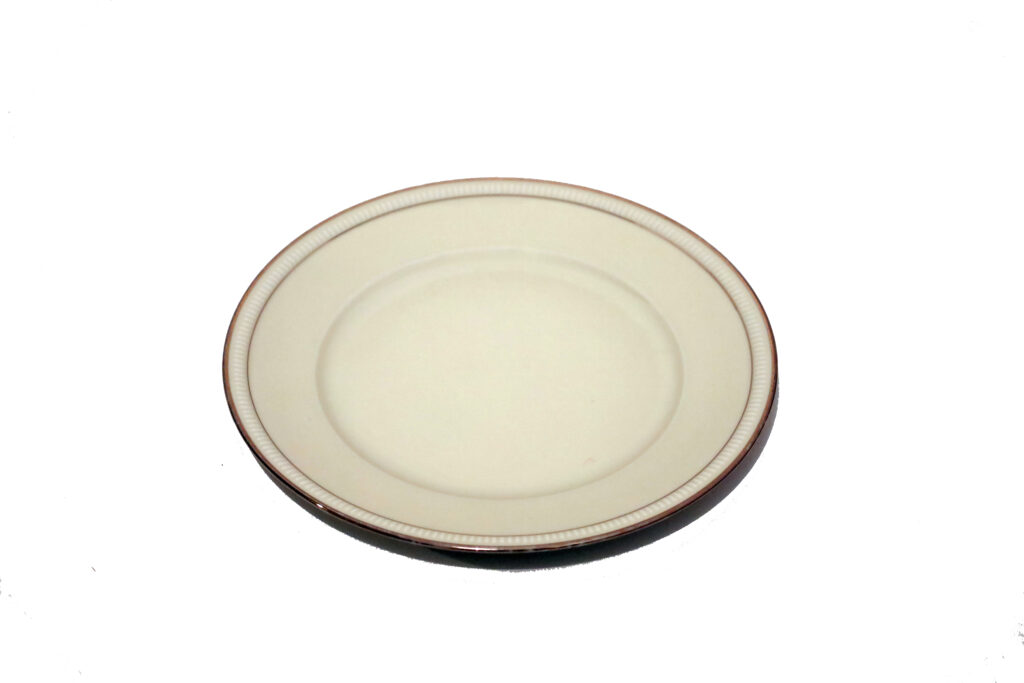
In the bustling world of film production, where creativity meets meticulous planning, sometimes unexpected solutions arise to ensure a scene is just right. Such was the case on the set of a film where a simple plate played an unforeseen role in cinematic history.
During the shoot, there was a pivotal moment in the storyline that required a plate prop. The set designer had meticulously crafted a plate, but the discerning director, known for his keen eye and perfectionism, wasn’t satisfied. He envisioned something different, something more authentic. In a spontaneous decision, he asked a close friend to bring one of his own plates from home.
The director’s friend, unaware of the plate’s imminent stardom, arrived on set with the humble, well-worn plate. Its edges were slightly chipped, and it bore the marks of countless meals shared with loved ones. As soon as the plate made its debut on camera, it was as if the scene came to life. The authenticity of the plate lent an air of realism to the moment, elevating the emotions of the characters and adding depth to the narrative.
Once the scene was successfully captured, the plate’s moment in the spotlight was over, but its journey was far from finished. Grateful for its contribution to the film, the director’s friend decided to keep using the plate in his daily life. It became a cherished item, not just for its sentimental value, but for the story it held within its ceramic surface.
The next two objects, The Tablecloth and the Plate, though holding different meaning for the people donating them, may take us in two wonderful directions of the Romanian heritage and cinema. When investigating the culturale heritage form an anthopological point of view, any documentarist team will be invited to a meal, or at least a little snack, on a table covered by the typical flowers design table cloth and the old plates belonging to the family, a setting that opens hearts and minds and makes the conversation flow, so the project comes to life. In the same time, the perpetual joke about the Romanian New Wave is “sitting at the table and eating ciorba”. It started as a critique, but it became a meme, a paradox that is both poignant and a metastyle. While there is a certain truth to it, it also helps the less connoisseur delve into a beautiful rich cinematography that had the courage to present the reality in a frust, unfiltred manner, to rase important questions about the evolution (or involution) of our society, about our expectations as spectators and to challenge the status quo, again making these two objects symbols of the cultural heritage awarness so much needed in these troubled times. – Sabina Ulubeanu, curator
